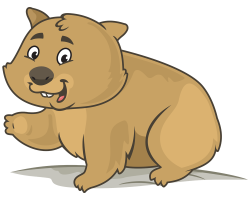
Fun Facts
Fun Facts
Wombat scats are cuboid in shape.

Fun Facts
Fun Facts
A wombat lives for about 15 years in the wild.
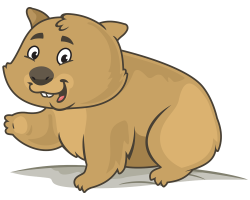
Fun Facts
Fun Facts
The northern hairy-nosed wombat is one of the rarest land mammals in the world. They're listed as critically endangered and can now only be found in one place, the Epping Forest National Park in Queensland.
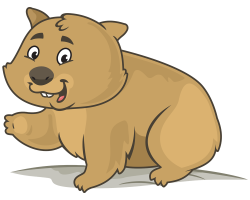
Fun Facts
Fun Facts
Baby wombats are called joeys.
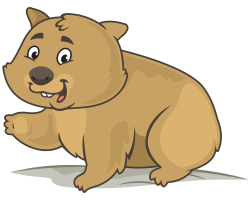
Fun Facts
Fun Facts
Although they look pudgy and slow, wombats can run up to 40kms per hour and maintain that speed for a minute and a half.
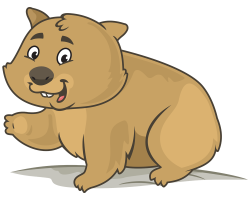
Fun Facts
Fun Facts
The world's oldest wombat recently celebrated his 29th birthday and he's also one of the biggest, weighing in at 40kgs
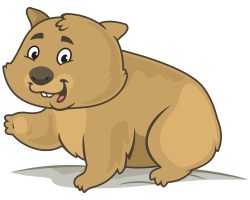
Fun Facts
Fun Facts
A group of wombats is called a wisdom.
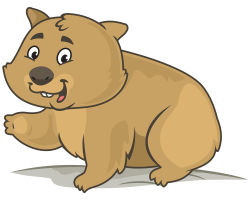
Fun Facts
Fun Facts
Wombats are herbivores and they only eat vegetation.









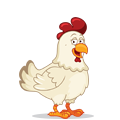







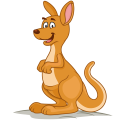


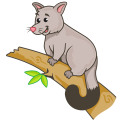
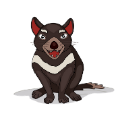
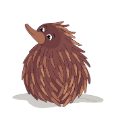
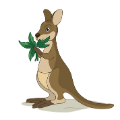
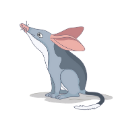
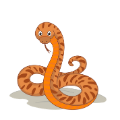
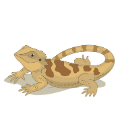
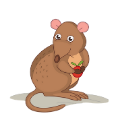
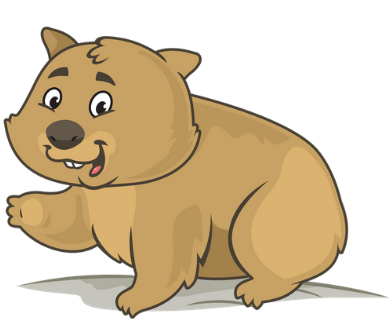
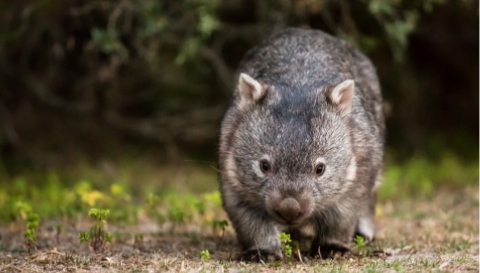 Wombats are short and round burrowing marsupials found only in Australia. They have been described as resembling a small bear, but their closest relative is in fact, the koala. Wombats can weigh up to and over 40 kilograms and can reach a metre long yet barely stand 30 centimetres tall! With a tough barrel-like body, short powerful legs, and long flat claws, the wombat walks with a shuffling gait but is extremely adept at tunnelling. A main burrow will house a network of sub tunnels, which include multiple entrances and sleeping quarters.
Wombats are short and round burrowing marsupials found only in Australia. They have been described as resembling a small bear, but their closest relative is in fact, the koala. Wombats can weigh up to and over 40 kilograms and can reach a metre long yet barely stand 30 centimetres tall! With a tough barrel-like body, short powerful legs, and long flat claws, the wombat walks with a shuffling gait but is extremely adept at tunnelling. A main burrow will house a network of sub tunnels, which include multiple entrances and sleeping quarters.


